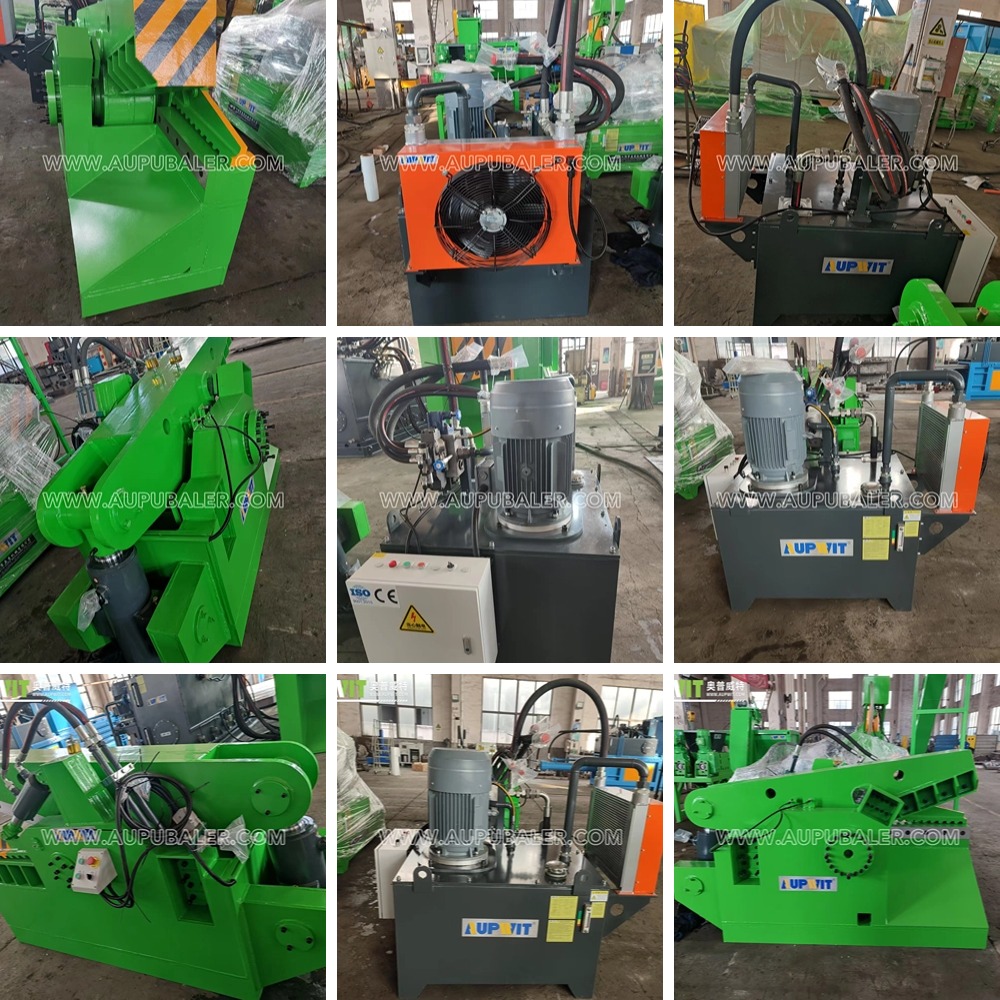To reduce burrs when using a Metal Shear, several strategies can be employed, focusing on blade condition, cutting parameters, and material handling.
Firstly, maintaining sharp blades is crucial. Dull blades cause the metal to tear rather than cut cleanly, resulting in prominent burrs. Regularly sharpen the blades using appropriate grinding tools, ensuring that the cutting edges are smooth and at the correct angle. Additionally, inspect the blades for any signs of damage or wear, and replace them promptly when necessary.
Secondly, adjusting the cutting parameters can significantly reduce burr formation. Optimize the cutting clearance, which is the distance between the upper and lower blades. An improper clearance can lead to excessive deformation of the metal during cutting, generating burrs. For different types and thicknesses of metals, there are recommended clearance values that should be adhered to. Also, control the cutting speed; a too-high speed may cause uneven cutting and burrs, while a suitable speed allows for a more precise cut.
Another important aspect is the condition and handling of the metal material. Ensure that the material is flat and free of warping before cutting. If the material is bent or distorted, it can cause uneven pressure distribution during cutting, resulting in burrs. Clamp the material firmly in place to prevent movement during the cutting process. Using a backgauge to accurately position the material also helps achieve a cleaner cut.
Finally, post-cutting treatments can be applied to remove or minimize remaining burrs. Deburring tools such as files, sandpaper, or rotary deburring machines can be used to smooth the edges. Chemical deburring methods, which involve using chemical solutions to dissolve burrs, are also effective for certain metal types. By implementing these measures comprehensively, the amount of burrs produced during metal shearing can be greatly reduced, improving the quality and finish of the cut parts.









